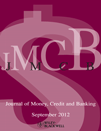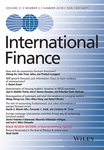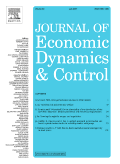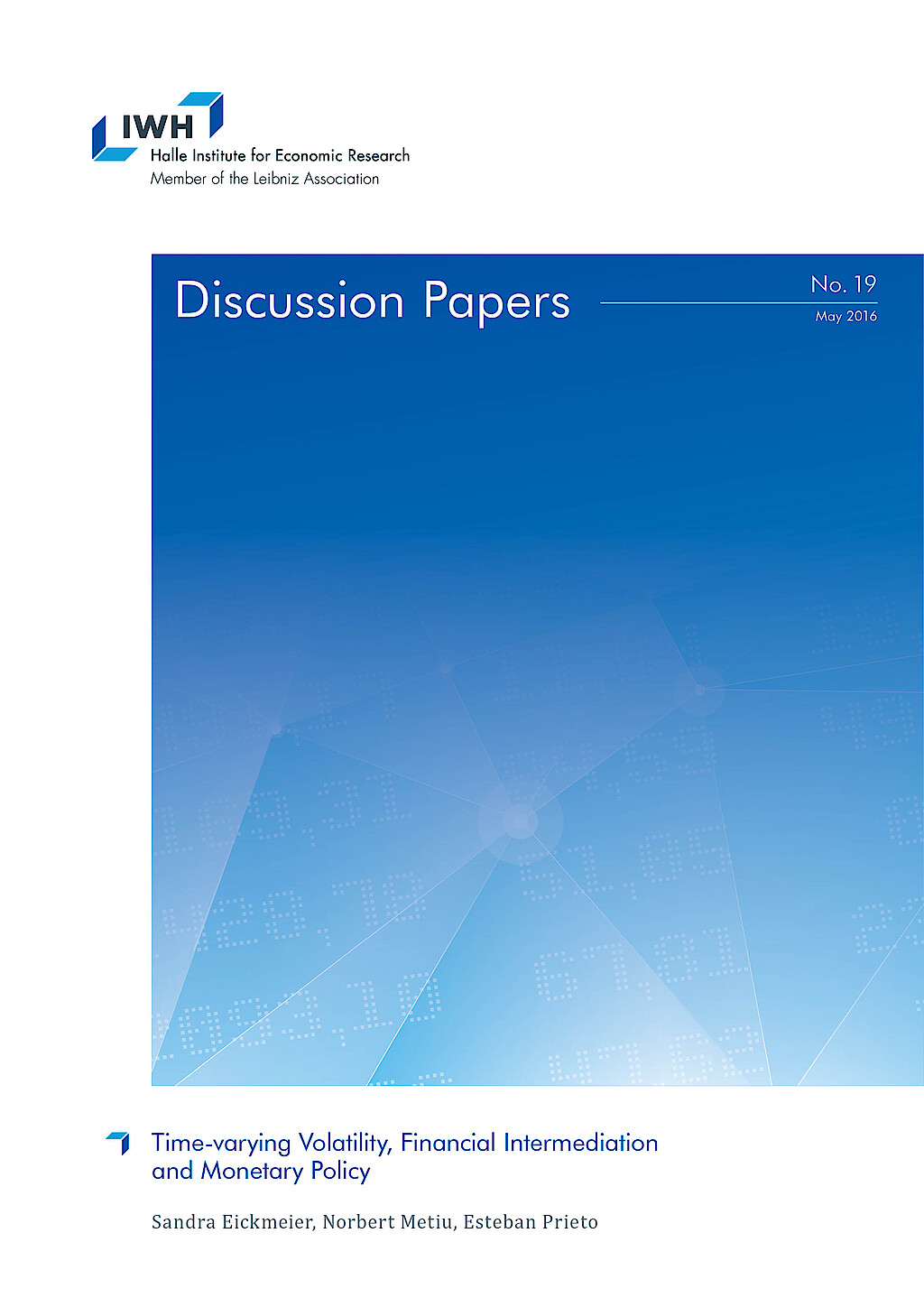Dr. Esteban Prieto
Aktuelle Position
seit 6/14
Research Affiliate
Leibniz-Institut für Wirtschaftsforschung Halle (IWH)
seit 2014
Volkswirt
Forschungszentrum der Deutschen Bundesbank
Forschungsschwerpunkte
- Geldpolitik und Finanzmärkte
- angewandte Makroökonometrie
- Bankenmärkte und Finanzintermediation
Esteban Prieto ist seit Juni 2014 Research Affiliate am IWH. Seine Forschungsinteressen liegen u. a. in der Anwendung makroökonometrischer Methoden zur Untersuchung der geldpolitischen Transmission über Finanzmärkte und deren Effekte auf Finanzmarktstabilität.
Esteban Prieto ist Volkswirt im Forschungszentrum der Deutschen Bundesbank. Zuvor war er wissenschaftlicher Mitarbeiter am Lehrstuhl für Makroökonomie an der Eberhard Karls Universität Tübingen.







